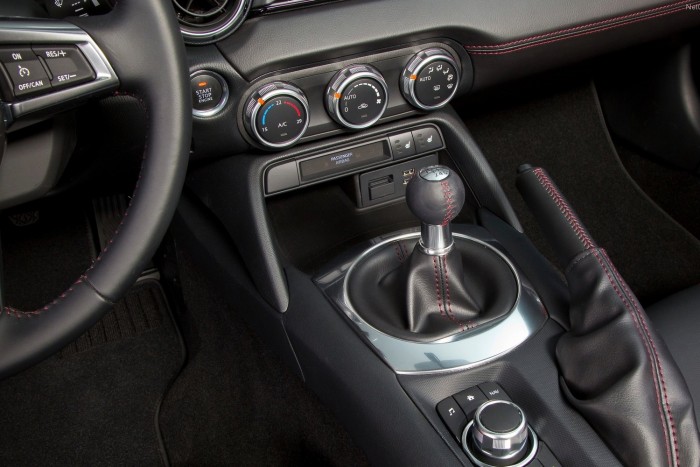Leave the transmission in gear while waiting for the green light
City driving means encountering a lot of red lights, so squeezing the clutch down every time waiting for the light to change causes a lot of wear and tear over time. In this case, the service life of the clutch is mostly reduced, especially the thrust bearing is worn out unnecessarily.
This chassis is designed for quick shifting, one movement on the pedal, for a few seconds, and that’s it. That is why it is usually harmful to wait at a red light, stop for a few minutes, leave the car in gear and continue to depress the clutch.
There can be an additional danger if you accidentally let go, and the car crashes into the car in front of you when it starts to move.
“It is not recommended to squeeze the clutch, start the car and wait for departure well in advance of departure. You can quickly tell how long it takes for the light to change, especially if you are on a familiar road. But you also have to wait at an intersection that is completely unknown. By observing cross traffic or lights, you can deduce when the light is likely to change” – our drive technology expert wrote in response to a related question.
Put your hand on the shifter (stubborn!)
Expert opinions are divided on this issue. The premise is logical, by pushing the transmission with our hands, we load the internal structure of the transmission, as there are moving parts, and that obviously wears out in this case.
Well, that’s not true at all for most cars anymore, at most, this advice made sense for older, long-engine designs, when the shift rod actually ended up in the shifter housing. Today we find so few such cars that, in the case of cross-engined constructions running on local roads – whether with a Bowden solution or a bar type – we don’t have to worry that our resting hands on the transmission will cause wear and tear. Cuts.
Holding the car on a slope without a handbrake, only with the clutch
Once again, the manual transmission’s primary companion, the clutch, is key. This is where most drivers run into trouble when starting uphill. Although, in principle, everyone masters the art of starting with a handbrake, not many people are interested in it. Instead, they just give off some gas and wait, holding the clutch at the slip limit, until they can go forward, or the line starts, or the light changes.
The harmful effect of this is sometimes shown by a strong typical burning smell, in which case the clutch disc is not able to transmit torque to the gearbox, and the sliding surface is literally enough to rotate.
The floors are in low courses
This error does not reduce the service life of the transmission, but is specific to cars with a manual transmission. In the case of an automatic, floor gas is synonymous with swapping, which the machine takes care of itself, and the driver has nothing to do with this.
However, with a manual transmission, the decision is literally in the hands of the driver, and he can cruise at 2000 rpm in sixth gear, and even then hit the gas pedal all the way, the car remains in the selected gear.
With this we give the engine a big slap, it loads it up a lot more than if we asked for more power at the recommended rpm. Many modern and mid-range cars have shift warning signals, but they often only help with gaining speed and acceleration, their main function being to aid in economical driving.
It seems like a small thing, when you suddenly think about it, it doesn’t even seem harmful, but if we use our car in the way shown in the video, it shortens the life of the engine.
From five to two at a speed of 140 km / h
Well, this is really not worth trying. Why? This video provides the answer:
We can destroy the engine with this trick. Thus, shifting the transmission pushes the engine to a speed outside its operating range, which the moving parts, pistons, levers, crankshaft, and control cannot handle.












































